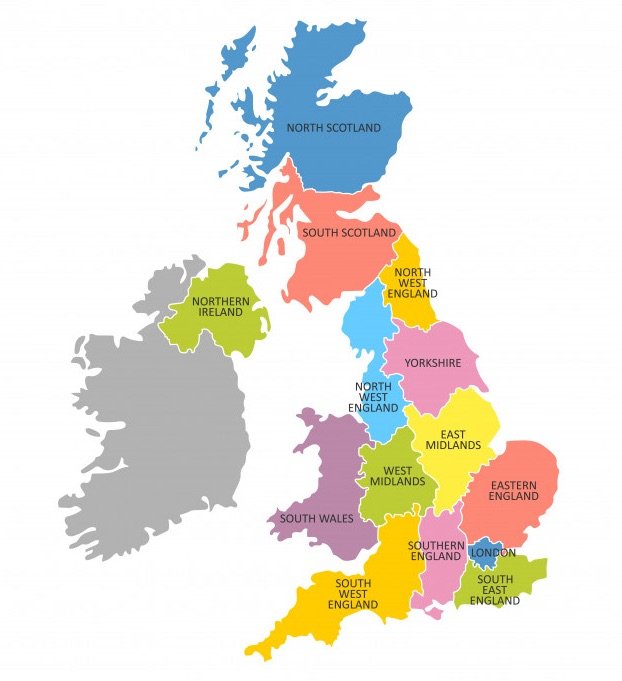NOTE: hover over words in blue for additional information
PART 1
The United Kingdom: A constitutional monarchy
The United Kingdom is a parliamentary democracy: government is voted into power by the people, to act in the interests of the people. Every adult has the right to vote (universal suffrage). The UK is also a constitutional monarchy. This is a situation where there is an established monarch (currently Queen Elizabeth II), who remains politically impartial and with limited powers. There is no President in the UK.
Britain is unusual in that it has an “uncodified” constitution: there is no single legal document which sets out in one place the fundamental laws outlining how the state works. What Britain has instead is an accumulation of various statutes, conventions, judicial decisions, and treaties which collectively can be referred to as the British Constitution. Some of the documents this “uncodified” constitution is based on are the following:
Additionally, the constitutional system is based on Common Law (jurisprudence) and usage. European law is also increasingly impacting on the constitution. The UK is subject to international law as well.
Parliamentary sovereignty is commonly regarded as the defining principle of the British Constitution. Other core principles are often thought to include the
rule of law, the separation of government into three branches, and the existence of a unitary state, meaning ultimate power is held by “the centre”—the sovereign Westminster Parliament.
TEST YOURSELF
QUESTIONS ON PART 1
1. What type of government does the UK have?
2. Who can vote in the UK?
3. What is the name of the current monarch?
4. Who is the president of the UK?
5. Why do we say that the UK constitution is "uncodified"?
6. What is the name of the current prime minister?
7. What is the Magna Carta?
8. What is the defining principle of the British constitution?
9. How many branches is the government divided into?



